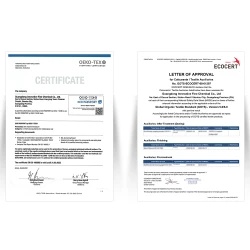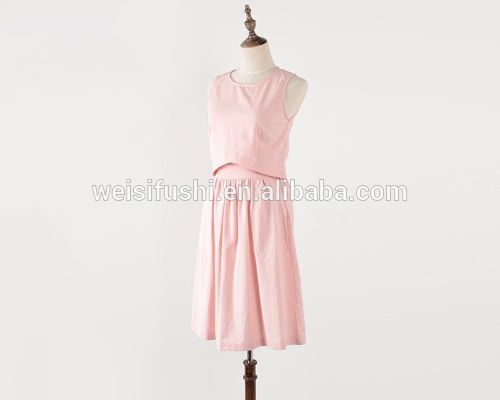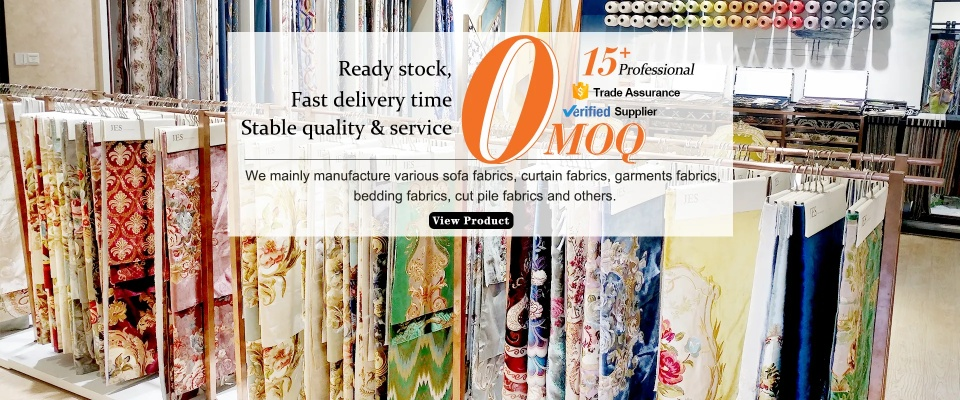The Emerging Frontier of Antimicrobial Textiles:A Comprehensive Review
Antimicrobial textiles have emerged as a promising frontier in the field of sustainable and eco-friendly materials, with potential applications in healthcare, sportswear, and home furnishings. This review comprehensively explores the current state of antimicrobial textiles, highlighting both their advantages and challenges. The review covers various antimicrobial agents used in textiles, including silver nanoparticles, triclosan, and quaternary ammonium compounds, and their mechanisms of action. It also discusses the fabrication techniques used to incorporate these agents into textiles, including dyeing, printing, and coating methods. Additionally, the review examines the efficacy of antimicrobial textiles in preventing bacterial growth and infections, as well as their impact on human health and the environment. Finally, it provides insights into future research directions and potential applications for antimicrobial textiles, such as in developing new medical devices and improving sanitation systems. Overall, this review highlights the significant potential of antimicrobial textiles as a sustainable solution to address global health and environmental challenges.
Introduction: The world is facing a growing threat from infectious diseases, which are often transmitted through the use of contaminated materials. In recent years, there has been a surge in interest in developing antimicrobial textiles as an effective and eco-friendly solution to this problem. These fabrics have the potential to reduce the spread of harmful bacteria and viruses, thereby enhancing public health and reducing healthcare costs. This article will provide a comprehensive review of the current state of research in the field of antimicrobial textiles, including their applications, challenges, and future prospects.
Antimicrobial textiles: Antimicrobial textiles are designed to resist or inhibit the growth of microorganisms such as bacteria and fungi. They can be classified into two main categories: physical and chemical. Physical antimicrobial textiles rely on the properties of natural fibers, such as cotton or wool, while chemical antimicrobial textiles use chemicals that kill or inhibit microorganisms. Both types have distinct advantages and disadvantages, but they share a common goal of improving hygiene and safety in various applications.
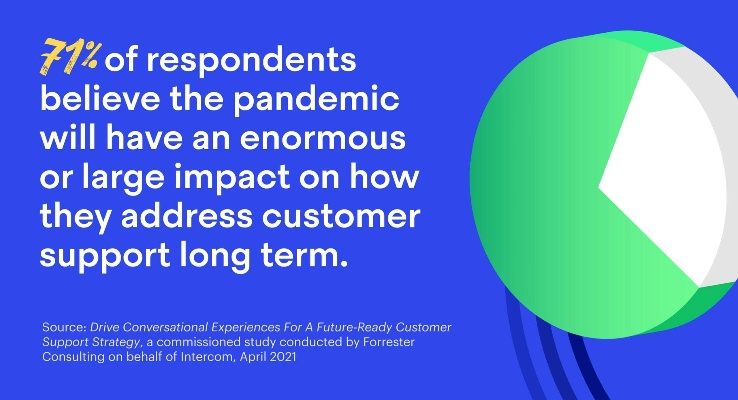
Applications: Antimicrobial textiles have numerous applications in different industries, including healthcare, sportswear, and home furnishings. In healthcare, they can be used in hospital gowns, surgical masks, and wound dressings to prevent infections. In sportswear, they can help athletes stay dry and clean during exercise, reducing the risk of skin infections. In home furnishings, they can be used in bedding, curtains, and upholstery to protect against dust mites and other allergens.
Challenges: Despite their promising potential, antimicrobial textiles face several challenges in practical application. One major issue is the durability of these fabrics, which may degrade over time due to exposure to harsh chemicals or high temperatures. Additionally, some antimicrobial chemicals can cause skin irritation or allergies, which may limit their use in sensitive areas like contact lenses or personal care products.
Research trends: To overcome these challenges, researchers are exploring new ways to improve the performance and stability of antimicrobial textiles. One approach is to develop more durable and eco-friendly antimicrobial agents that are resistant to degradation and biodegradation. Another approach is to optimize the design of the fabric itself by incorporating advanced manufacturing techniques and materials science.
Case studies: One example of successful antimicrobial textile development is the use of silver nanoparticles in clothing. Silver nanoparticles have been shown to effectively kill bacteria and viruses, making them a popular choice for medical equipment and personal care products. However, concerns about the toxicity of silver nanoparticles have led to efforts to develop alternative materials that are safer and more sustainable.
Another example is the use of zeolite-based antimicrobial agents in carpets and upholstery. Zeolites have been shown to have excellent antibacterial properties and are highly resistant to degradation. However, the cost of producing zeolite-based textiles may limit their adoption in certain markets.
Future prospects: As research continues to advance, we can expect to see further innovations in the field of antimicrobial textiles. For example, we may see the development of self-cleaning fabrics that automatically remove dirt and bacteria without the need for frequent washing. Additionally, we may see the integration of antimicrobial textiles into smart textiles that can monitor and regulate the environment around them, providing additional protection against harmful pathogens.
Conclusion: In conclusion, antimicrobial textiles represent a promising area of research with significant implications for public health and sustainability. As technology continues to evolve, we can expect to see further advancements in this field, leading to the development of even more effective and eco-friendly antimicrobial textiles.
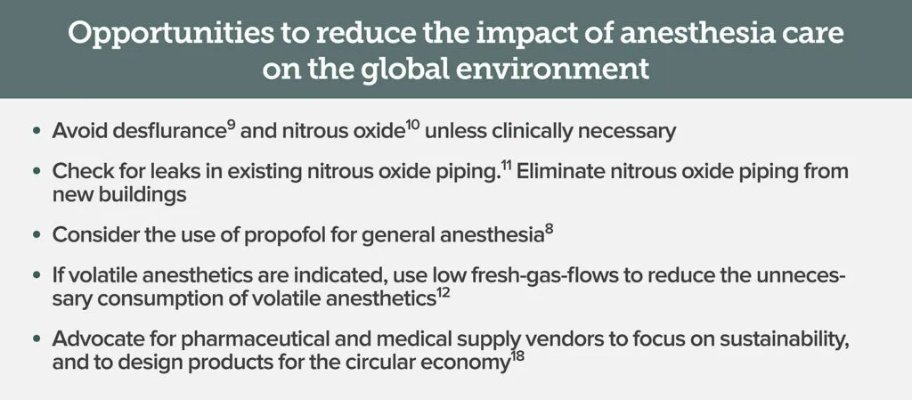
随着全球抗菌纺织品需求的日益增长,抗菌纺织品的研究成为了一个备受关注的领域,本篇文章将围绕抗菌纺织品的研究方向展开讨论,并通过英文案例说明来进一步阐述。
抗菌纺织品的研究方向
-
材料科学:抗菌纺织品的研发离不开先进的材料科学,新型抗菌纤维、抗菌涂层材料等的研究与应用,为抗菌纺织品提供了坚实的物质基础。
-
功能性设计:随着人们对抗菌纺织品性能要求的提高,功能性设计成为新的研究重点,具有快速杀菌、长效抑菌等功能的纺织品,满足了消费者对健康、舒适的需求。
-
环保可持续性:环保可持续性是抗菌纺织品研究的重要方向,采用环保材料、减少化学添加剂的使用等措施,确保抗菌纺织品在使用过程中对环境的影响最小化。
英文案例说明
材料科学案例:新型抗菌纤维的研究与应用
近年来,新型抗菌纤维的研究与应用成为抗菌纺织品研究的一大亮点,某公司研发的新型抗菌纤维,采用了独特的纳米技术,具有出色的抗菌性能和柔软舒适的手感,该纤维在医疗、家居等领域得到了广泛应用,受到了消费者的青睐。

功能性设计案例:快速杀菌、长效抑菌功能的纺织品
某品牌推出的抗菌纺织品,采用了先进的杀菌技术,具有快速杀菌、长效抑菌的功能,该产品广泛应用于医疗、家居等领域,受到了消费者的好评,该产品还具有舒适透气、柔软贴身的特点,满足了消费者对健康、舒适的需求。
-
研究方向展望:随着科技的不断进步,抗菌纺织品的研究将更加深入和广泛,新型抗菌纤维、生物活性材料等研究方向将得到更多的关注和投入,功能性设计、绿色环保等研究方向也将成为研究的重点。
-
应用前景:随着人们对健康、舒适的需求不断提高,抗菌纺织品的应用前景将更加广阔,抗菌纺织品将在医疗、家居、运动等领域得到更广泛的应用,满足消费者的需求。
抗菌纺织品的研究是一个不断发展的领域,其研究方向和应用前景都值得关注和期待,在未来的研究中,我们需要继续关注新型抗菌纤维、生物活性材料等研究方向的发展,同时也要注重功能性设计、绿色环保等研究方向的应用,相信在科研人员的共同努力下,抗菌纺织品的研究将会取得更加显著的成果。
Articles related to the knowledge points of this article:
Exploring the Benefits and Considerations of Whole Home Textiles
Understanding Color in Textiles:A Comprehensive Guide
The Art of Textile Inspection with the Latest in Automatic Machinery
A Journey into the World of Fabrics with Laughing Leaf Textiles
Exploring the Infrastructure of Shangrao Textiles Logistics
The Inclusiveness of Traditional Silk Pillowcases in Modern Living
